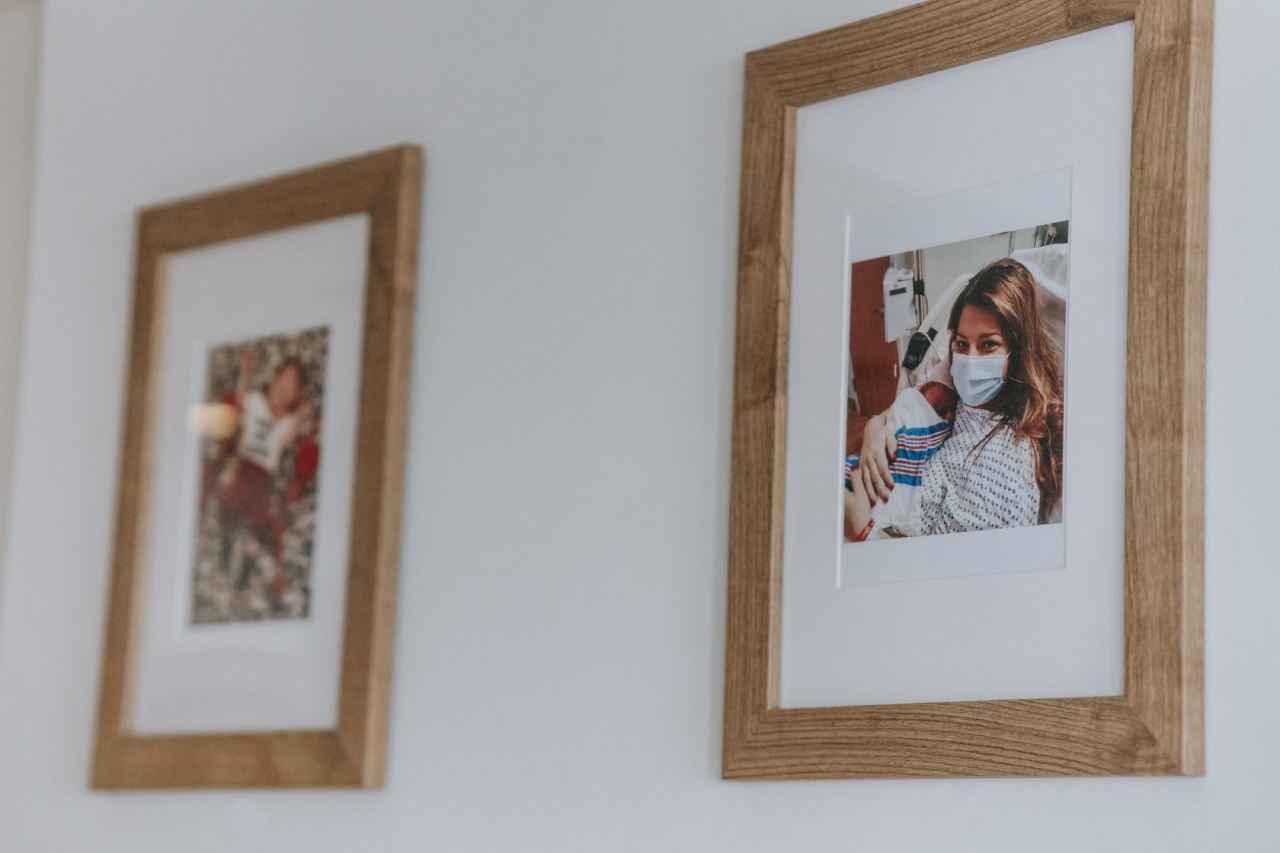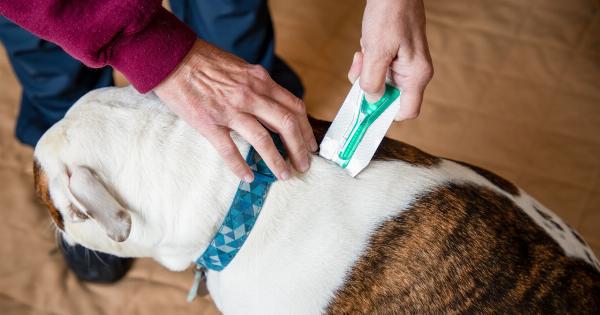For parents, one of the most heart-wrenching things to hear is that their child has cancer. Unfortunately, it’s a reality that some families face, regardless of how difficult it may seem.
What Happened?
In 2017, a mother from Texas who wished to remain anonymous shared a photo on Facebook of her son, Beckett, with his twin sister, Maisie. The photo was meant to be nothing more than a typical sibling snapshot.
However, a woman from New York who saw the photograph noticed that Beckett had what appeared to be a white glow showing from his left eye.
Knowing that this could be a symptom of eye cancer, she contacted the mother and urged her to take Beckett to a doctor.
The Diagnosis
The mother did so, and her worst fears were confirmed. Beckett was diagnosed with retinoblastoma, a rare form of eye cancer. This diagnosis was made possible only because of the alertness of the woman who saw the photo on Facebook.
Beckett underwent treatment, including chemotherapy and radiation, that lasted for a year. In August 2018, after his last treatment, he rang a special bell signaling the end of his cancer journey.
The Importance of Early Detection
Beckett’s story is a powerful reminder of the importance of early detection. Had his mother not posted the photo, the cancer may not have been caught in time, resulting in a much graver outcome.
Early detection has long been proven to be the best possible defense against cancer. When it comes to eye cancer, in particular, early diagnosis is critical in preserving vision and potentially saving a life.
While this form of cancer is rare, it’s essential for parents to keep a lookout for potential warning signs such as white glow in the child’s eye.
Eye Cancer and Retinoblastoma
Retinoblastoma is a rare form of eye cancer that starts in the retina. Commonly affecting children under the age of five, this type of cancer can spread quickly to other parts of the body.
Unfortunately, symptoms of this disease can be difficult to detect, especially in young children who may not be able to communicate what they’re feeling.
In some cases, the child may experience eye swelling, redness, or a change in the size or shape of their pupil. However, in many cases, there may be no immediate visible symptoms.
One of the most notable signs of retinoblastoma is a white glow that appears in the child’s eye, usually when a flash is used to take a photograph. This can occur in one or both eyes.
What to Do If You Suspect Eye Cancer
If you notice any abnormalities in your child’s eye, including a white glow, you should speak to your doctor immediately. Eye cancer can be treated successfully if caught in the early stages, so don’t hesitate to take prompt action.
Some of the tests that the doctor may perform include:.
- Eye exam
- Ultrasound of the eye
- MRI or CT scan of the eye and surrounding areas
- Biopsy of the tumor or lesion
Treatment for Eye Cancer
The treatment for eye cancer depends on several factors, including the size, location, and type of tumor. The aim of treatment is always to eliminate the cancer while preserving as much of the eye’s function and appearance as possible.
Some of the most common treatment options include:.
- Surgery to remove the tumor and/or the affected eye
- Chemotherapy
- Radiation therapy
- Laser therapy
Coping with Cancer Diagnosis
For parents who receive a cancer diagnosis for their child, it can be an overwhelming experience. While worrying about the child’s health and well-being, they also have to help them navigate a complicated medical world.
Coping with the news of their child’s diagnosis while also trying to move forward positively can be a challenge.
There is no right or wrong way to cope with a cancer diagnosis for your child. However, here are some tips that could be helpful:.
- Take one day at a time: It can be easy to worry about the future and all the uncertainties it holds. Instead, focus on the present and take it day by day.
- Stay positive: While easier said than done, having a positive attitude can have a significant impact on the child’s treatment and overall recovery. Try to focus on the good, while also being realistic about the situation.
- Be honest with your child: Children can sense when something is wrong, so it’s important to be honest with them about what’s going on. Give them age-appropriate information, and reassure them that they’re not alone in their journey.
- Seek support: You don’t have to go through this alone. Reach out to friends, family, or even support groups to help you navigate through this difficult time.
Conclusion
Images can sometimes hold more than just memories; they can also reveal medical issues that could potentially save a life.
Beckett’s story is a reminder of how crucial early detection is and how even one photograph can make all the difference.
Parents should always pay attention to even the slightest changes in their child’s health, especially when it comes to cancer. Getting kids checked for any abnormalities in their eyes or anywhere else can save a life.





























